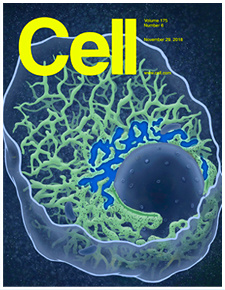You Are Leaving Avistone's Website
You have selected a link that will take you to a site maintained by a third party. Avistone provides this link as a service to website visitors. Avistone is not responsible for the privacy policy of any third party websites. We encourage you to read the privacy policy of every website you visit. Click 'Cancel' to return to Avistone's site or 'Continue' to proceed.
Mutational Landscape of Secondary Glioblastoma Guides MET-Targeted Trial in Brain Tumor
Brief Information:
Low-grade gliomas almost invariably progress into secondary glioblastoma (sGBM) with limited therapeutic option and poorly understood mechanism. By studying the mutational landscape of 188 sGBMs, this study found significant enrichment of TP53 mutations, somatic hypermutation, METex14, PTPRZ1-MET (ZM) fusions, and MET amplification. Furthermore, this study described a MET kinase inhibitor, PLB-1001, that demonstrated remarkable potency in selectively inhibiting MET-altered tumor cells in preclinical models. Importantly, this compound also showed blood-brain barrier permeability and was subsequently applied in a phase I clinical trial that enrolled MET-altered chemo-resistant glioma patients. Encouragingly, PLB-1001 achieved partial response in at least two advanced sGBM patients with rarely significant side effects, underscoring the clinical potential for precisely treating gliomas using this therapy.









